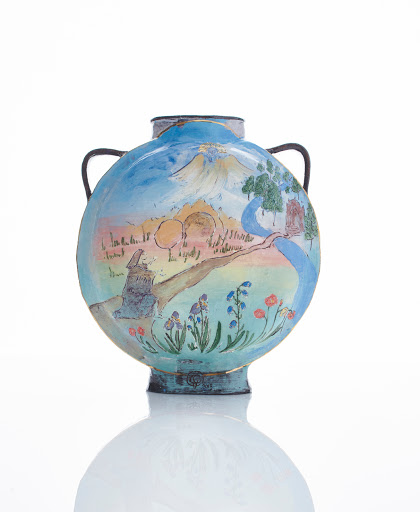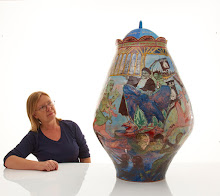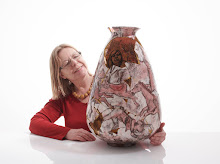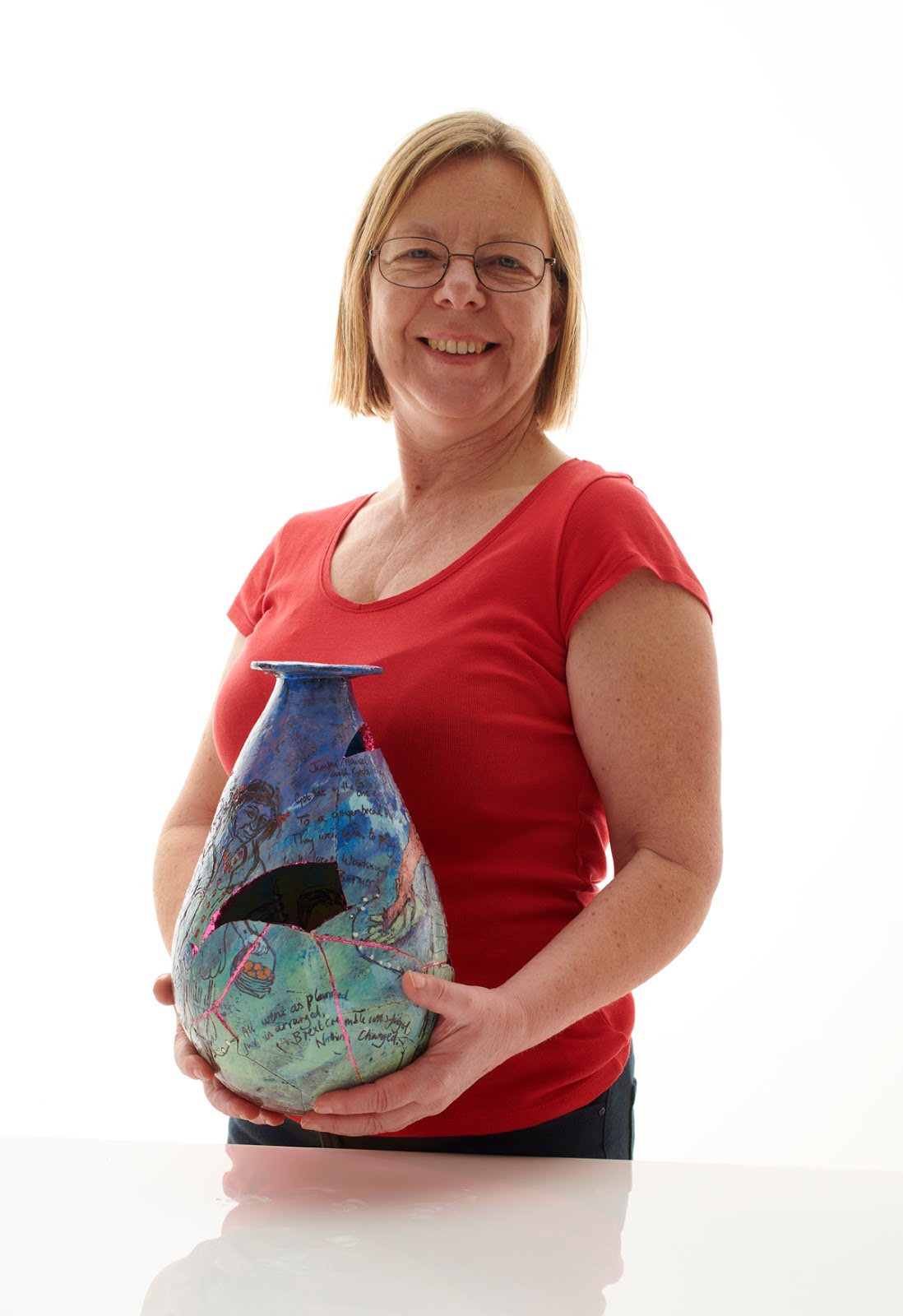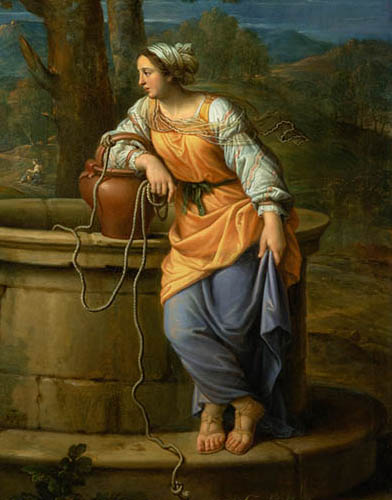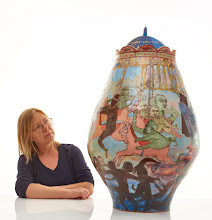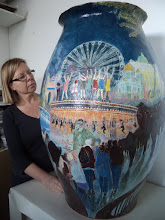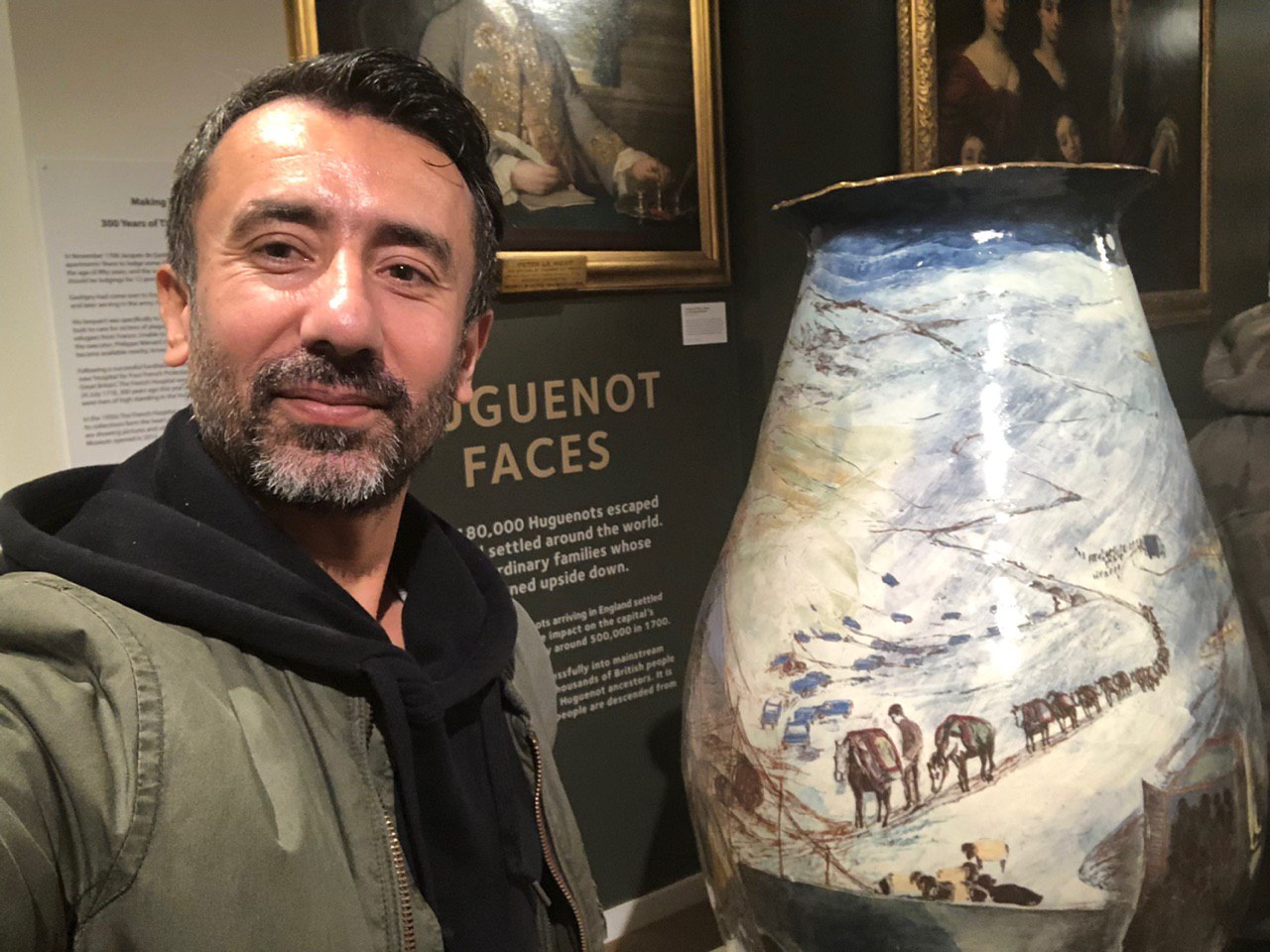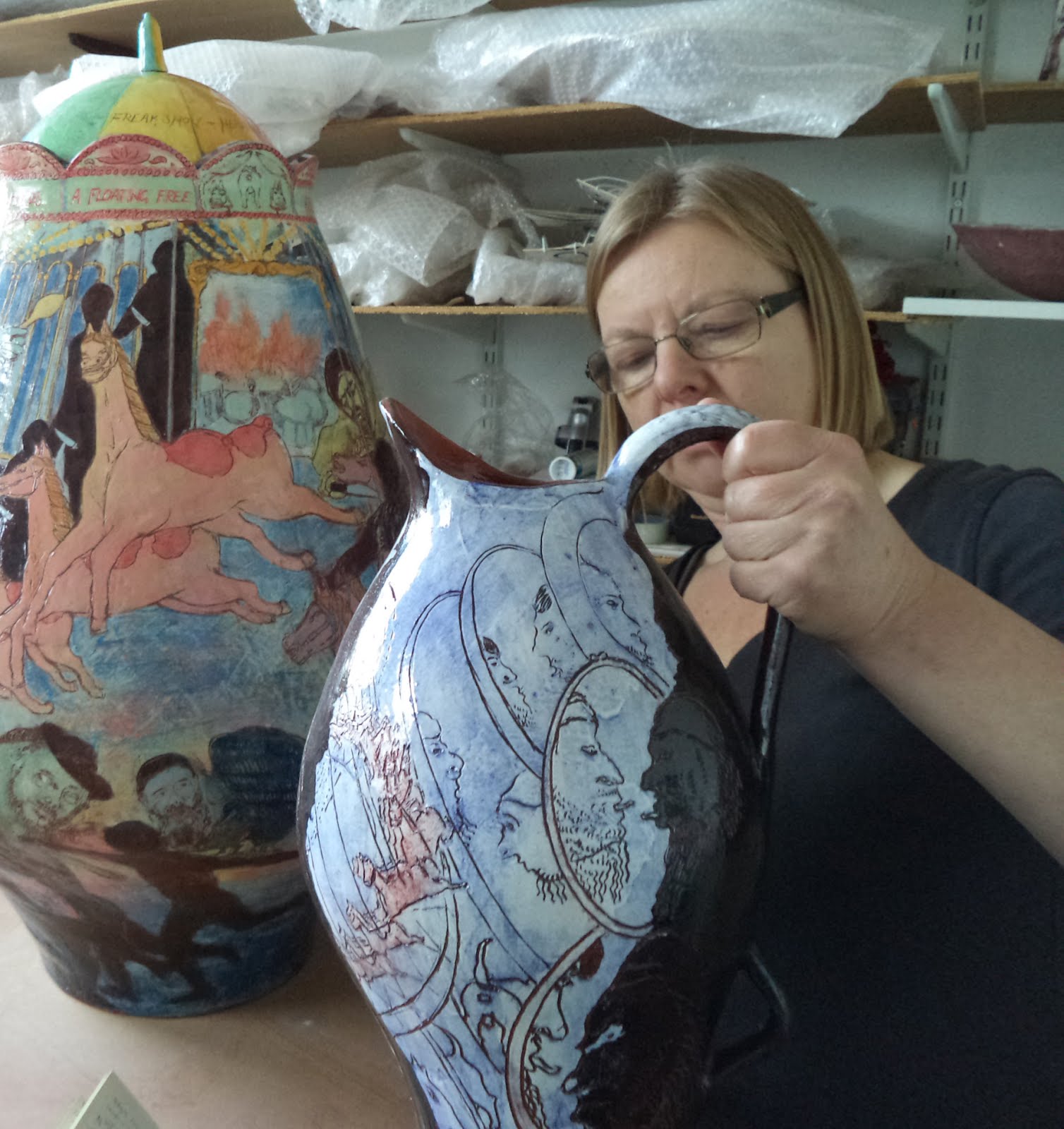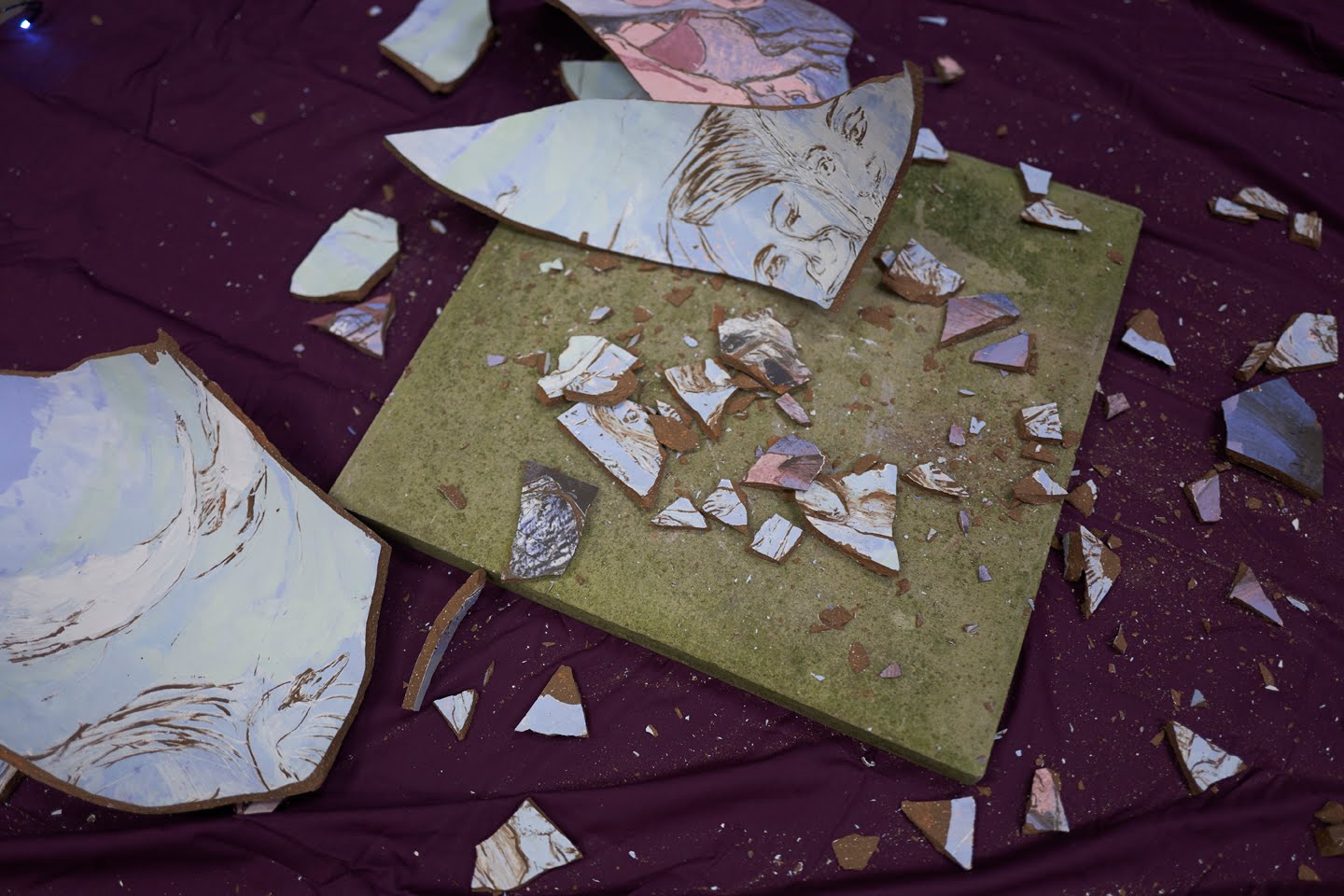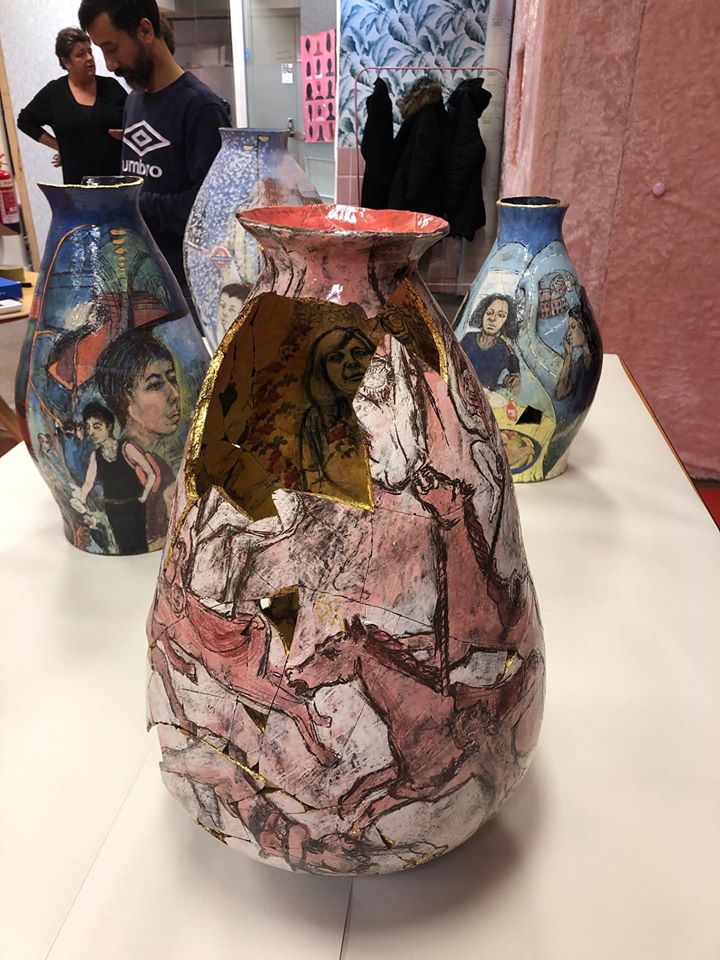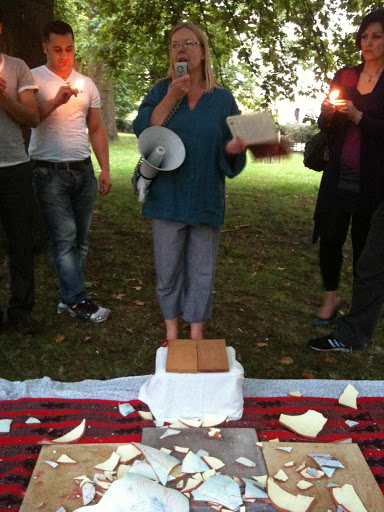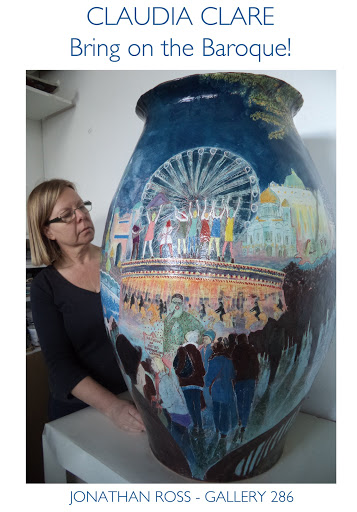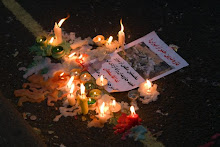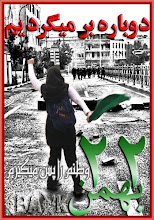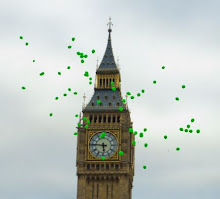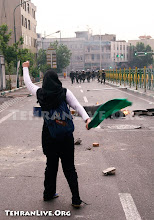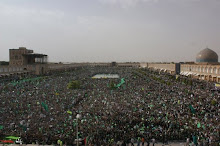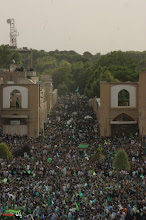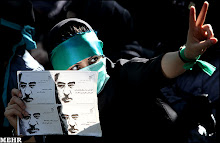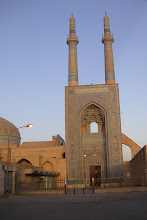Hoochi Coochi Girls, the latest production from Johara Dance Company, is a complex, evocative, and technically brilliant extravaganza, showcasing contemporary Middle Eastern dance at its best. Forget those uncomfortable, attenuated bellydancing performances you’ve seen in restaurants and nightclubs or even the polished displays of a handful of moves in music videos; Hoochi Coochi Girls mines a rich seam of dance history and treads a vast and ambitious cross-cultural terrain, challenging comprehensively the limitations imposed by the notion of an ‘authentic’ Middle Eastern dance. The show encompasses classical Egyptian, Oriental and folkloric dances in part one, through contemporary urban Hiphop, to interludes of early twentieth century cinema and music hall, to some magical nightclub fusions in the closing scenes.
Sailors and Sequins
The show is in four parts with the opening scene set in a port in Alexandria. It is a bright, cheerful good natured, dance banter - a theatrical portrait of dockside life. Awash with glitter and colour, a series of set pieces and solos tell a story of life at the social margins. We encounter women with baskets of wares to sell, women with bodies to sell, women with airs and graces to disapprove of everyone else, and a group of disreputable sailors who provide comic interludes and lewd commentary. Stunning group dances with full ‘corps-de-bellydance’ ensemble, faultlessly choreographed and performed, set the standard: a sharp and punchy Malaya Lef contrasts with the liquid elegance of the veil dances while a music-hall style hornpipe by the sailors adds variety and theatricality which shapes the entire evening.
Loss and Longing
The second part, Gypsy Life and Immigrant Love, sees a dramatic change of mood and a complete departure from the norms of bellydance. A darker, heavier atmosphere produces a series of dances that are variously spiky, angry, bored, steeped in sorrow and, finally, fist-clenchingly optimistic – that desperate hope of the brutally oppressed. The defining scene is The Factory in which a line of dancers produce and reproduce each other’s moves in sequence, imitating the monotony, relentlessness and sheer bone-shattering exhaustion of the sweatshop. Startlingly original, it choreographs boredom and resentment, an emotional territory largely untouched by dance productions and studiously avoided by bellydancers. On either side of The Factory, are two dances exploring loss, yearning, grief and confusion. Bellydance meets Flamenco Jondo in Josephine Wise’s gorgeously intense performance of ‘I long for Jerusalem,’ a passionate expression of longing traditionally sung by Spanish Jews, and, rural America meets central Baghdad in Two Kids, which portrays the lives of two Muslim children, both shut indoors away from life-threatening hostility. Performed with extraordinary tenderness and grace and by Mayelle Roger and Trish Rapley-Giles, this deceptively simple dance was both deeply touching and immensely evocative. The section ends with a ebullient Bollywood Hiphop fusion choreographed by Nuxya Nereisidos, and performed with razor-sharp precision.
Hollywood Spectacle
Part three, The Golden Age of the Movies, (see video of Arras performance at 1.20) is a return to classical oriental dance and costumes but now the entire performance is imbued with a golden haze of soft-focus, cinematic fantasy. It opens, in spectacular contrast to the preceding section, with a romantic, dewy-eyed performance by the whole cast, in glistening white, fairy-princess style costumes and enormous smiles. Margaret Krause’s choreography, which defines this section, captures the enchanted, dreamworld innocence of the period to perfection.
Masques and Swords
The fourth and last part, Masked Ball, performed in electric blue and pink with black masks, retrieved the accented spikiness of some of the earlier dances. The centre piece of this section was a breathtaking sequence of pure theatre which silenced the audience as ‘Kali’s Militia,’ (video at 1.47) choreographed by Gwen Booth, completely reinvented the traditional sword dance, introducing mystery, magic and fury as the dancers lined up and the swords took on the look of a terrifying, mythic beast. More fluid though no less terrifying was the moment the group circled menacingly, each dancer raising her curved sword above her head such that the blades themselves appeared to dance, rising and falling in sequence like wave, driven by their own fierce beauty. It was one of those unforgettable theatrical moments that will live in my memory forever.
What sets Hoochi Coochi Girls apart from all other bellydance shows I’ve seen, and places it in a class of its own, was the originality and scope of the choreography, the immense visual contrasts, the ambitious emotional range, and the flawless conviction with which all the dances, solos, duets and set pieces were performed. The grand finale, a mass of colour, light and splendour, drew extensively on the techniques of Sorcha Ra, Johara’s resident fire dance and poi expert and a recent addition to the company. A mix of veils, vast flaming fans, and flags, or ‘poi,’ swirled through the air, closing a truly audacious and unforgettable performance.


